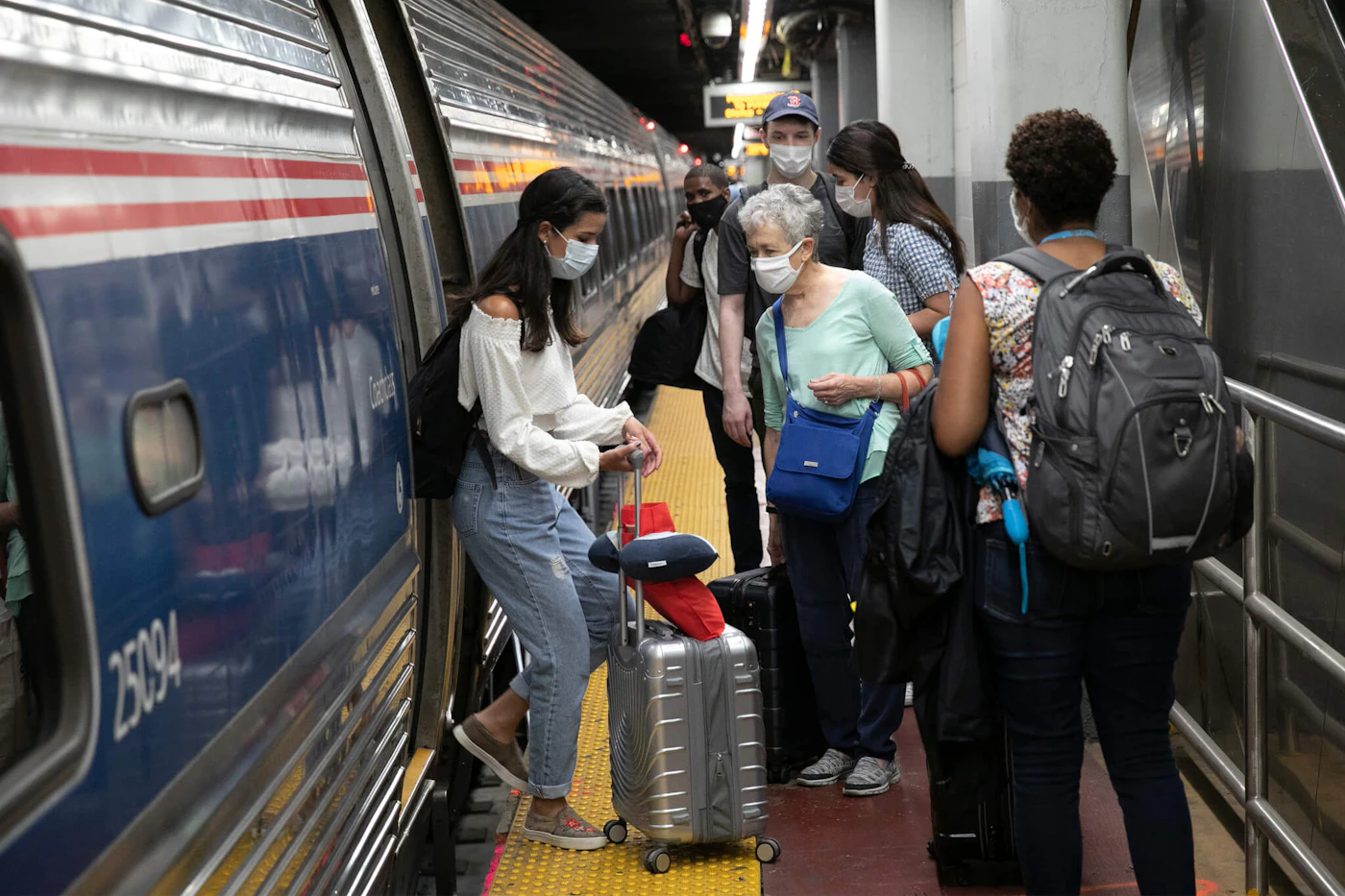Broadly speaking, the declaration of a state of emergency makes it easier for cities and states to access federal aid, but specific actions allowed under a state of emergency can vary by city and state.
New York City Mayor Bill de Blasio declared a state of emergency on Thursday, allowing him to use new powers to combat the growing outbreak that has sickened 95 residents in the city.
“The last 24 hours have been very, very sobering,” De Blasio said at a news conference. “Going to this level is not done lightly, but it has reached the point where it is necessary.”
De Blasio’s declaration comes as an increasing number of schools, business, and cultural sites announced they were closing on Thursday. New York City now joins a growing number of states, counties, and cities declaring a state of emergency.
But what exactly does that mean?
Broadly speaking, the declaration of a state of emergency makes it easier for cities and states to access federal aid, but specific actions allowed under a state of emergency can vary from city to city and state to state.
In New York City, the declaration means de Blasio’s government now has the power to, among other things:
- Implement curfews
- Shut down public transit
- Close public spaces
- Restrict street access
- Regulate where vehicles can go within the city
- Direct hospitals to postpone elective procedures
- Ration goods and impose price caps
- Suspend or limit the sale of alcohol, firearms, or explosives
While the city’s schools will remain open, de Blasio advised New Yorkers to prepare for significant disruption to their daily routines as more information continued to come in.
De Blasio’s declaration comes just hours after New York Gov. Andrew Cuomo banned gatherings of more than 500 people in the state. The ban does not apply to schools, hospitals, nursing homes, or public transit, but does apply to Broadway and is forcing all 41 Broadway theaters to go dark for the next month.
Small gatherings are still permitted, Cuomo said, but venues that hold fewer than 500 people will be required to reduce their occupancy by half. Cuomo’s guidelines went into effect at 5 p.m. Thursday for Broadway theaters and will go into effect for other venues on Friday at 5 p.m.
Cuomo also declared a state of emergency for New York state on March 7, which allowed him to access $30 million in emergency funds to use for further testing and the purchase of protective equipment for healthcare professionals, according to the New York Post.
The emergency declaration gave Cuomo authority to bypass federal and state laws that might ordinarily prevent the steps deemed necessary to address a crisis like the coronavirus outbreak. Cuomo has since temporarily suspended or modified more than 20 state laws or regulations until April 6, CNN reported.
According to Cuomo’s press release from March 7 the state of emergency also allows:
- Qualified professionals other than doctors and nurses to conduct testing
- Expedited purchases of testing supplies and equipment
- Expedited onboarding of personnel
- Faster leasing of lab space
- EMS personnel to transport patients to quarantine locations that are not hospitals
- Providing clear basis for price gouging and enforcement investigation
During his press conference Thursday, De Blasio also called on the federal government to provide aid to businesses.
“We need the federal government to move immediately with a huge stimulus program,” he said, explaining that the virus would create a “hole in our lives.”




